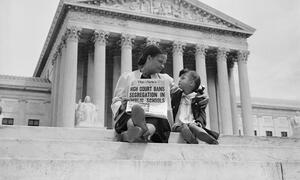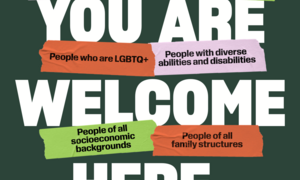Understanding 'Brown' in the Context of Inclusive Education
May 17, 2024, marks the 70th anniversary of Brown v. Board of Education of Topeka, Kansas, one of the most significant Supreme Court decisions and a major victory for the Civil Rights Movement. We must, however, resist the simplified narrative of the end of segregation and teach a more comprehensive story that includes analyzing Brown’s complex impact, the opposition to desegregation, and the ongoing movement for inclusive education.
- Connecting the 'Brown' Decision to Today's Social Justice Movement
- Burning 'Brown' to the Ground
- Teaching the Civil Rights Movement


